Have you ever bought a cheap tool and it broke straight away?
The rise of cheap tools: Is it really worth saving?
In the world of DIY and construction, finding quality tools at a good price is a challenge. Often, the temptation to buy the cheapest option may seem like a good idea to save money, but did you know that those inexpensive tools can end up costing you much more?
While paying a higher price doesn't always guarantee the best tool, opting for the cheapest option often comes with risks such as reduced durability, poor performance, or even safety issues. In this article, we'll explain why cheap tools can be expensive, the most common mistakes when choosing them, and how to make smart decisions to avoid wasting your money.
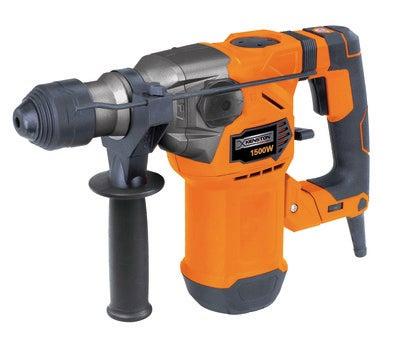
Want to avoid unpleasant surprises and ensure your next purchase is a worthwhile investment?
Read on.
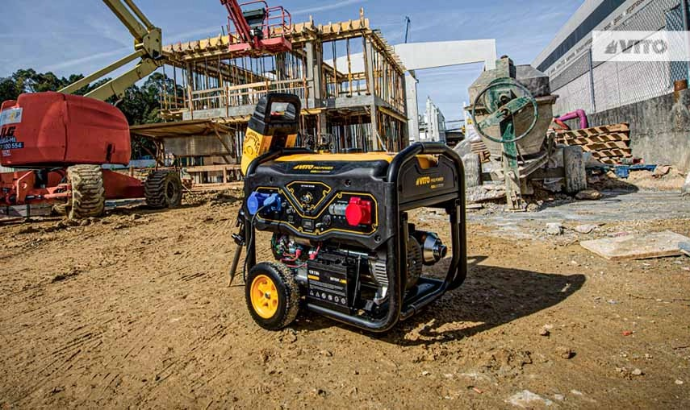
Durability and functionality: is it worth buying cheap?
Cheap tools are often made with low-quality materials, causing them to wear out quickly or break easily. When a tool fails quickly, you'll inevitably have to buy a new one, and in the long run, this double investment can cost you much more than buying a quality tool in the first place.
Effectivity: do cheap tools do the right job?
Cheap tools often fail to meet performance expectations. This means they may not do the job properly or you'll have to work harder to achieve the desired result. This problem is even more noticeable with power tools, where less power can translate into more time and effort, indirectly making the job more expensive.
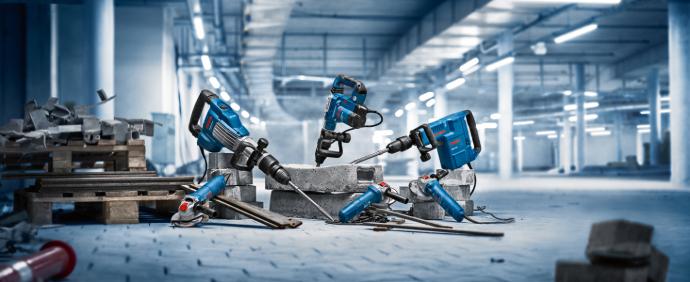
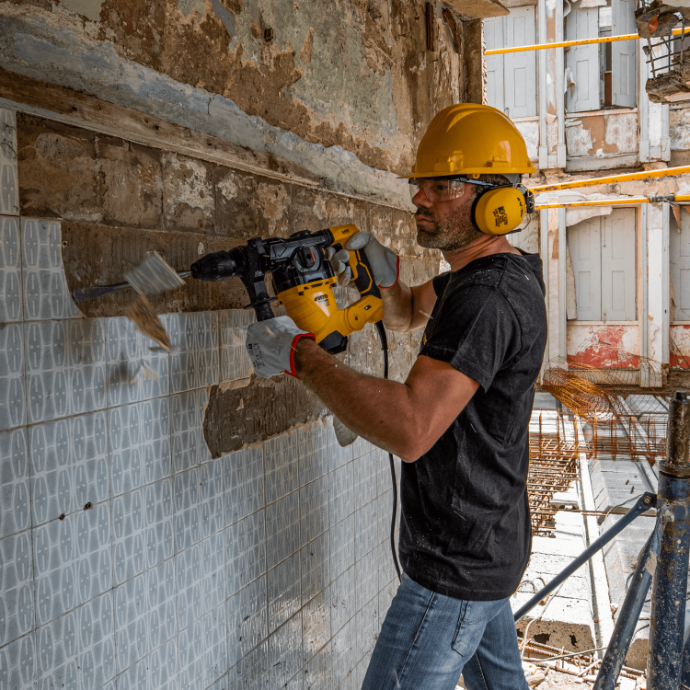
Security: a risk that cant be ignored
A critical aspect that is often overlooked is safety. Low-cost tools are generally not manufactured under strict safety standards. Using them can put you at risk or cause property damage, which could result in additional expenses related to medical care or repairs.
Spares and consumables: At what price?
Although cheap tools may seem easy to find, spare parts and consumables for them are often difficult to obtain and expensive. This complicates their maintenance and further reduces their lifespan.
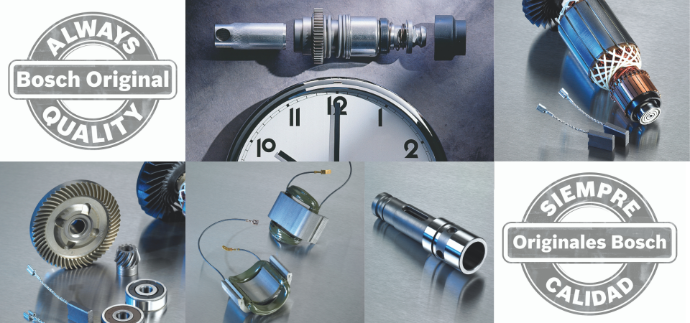
Warranty and after-sales service: what support do you have?
Cheap tools often lack a warranty or only have a very limited one. Furthermore, they rarely offer efficient after-sales service to resolve questions or problems throughout their lifespan, leaving you without support when you need it most.
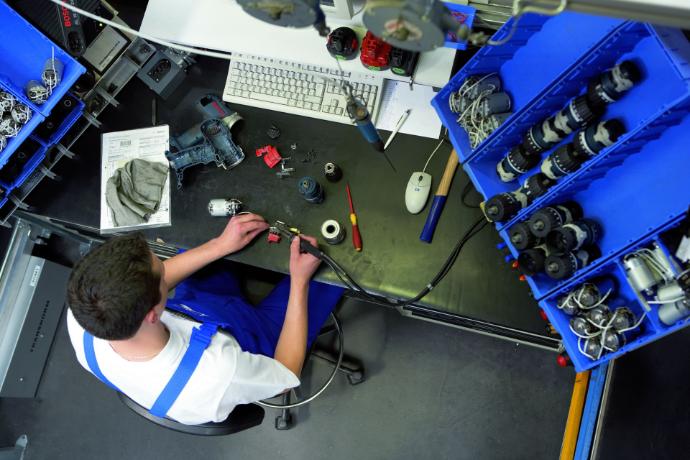
Why are cheap tools often low quality?
The low price is due to several factors:
Manufacturing expenses: Basic machinery, lax research, and less-skilled labor are used. This reduces costs, but also affects quality.
Components: Low-quality parts and materials are used, which deteriorate or break easily, increasing the risk of accidents.
Quality Control: To cut costs, many tools undergo only minimal testing, compromising their performance and durability.
Conclusion: is it worth buying cheap tools?
Although the price may be attractive, the long-term costs of a tool that fails, isn't effective, or poses a risk are often much higher. Therefore, investing in quality tools that last and work properly is the best way to save time, money, and worry.
And you, have you had any experience buying cheap tools?
¡Tell us in the comments on our social media and share your tips for shopping wisely without overspending!

